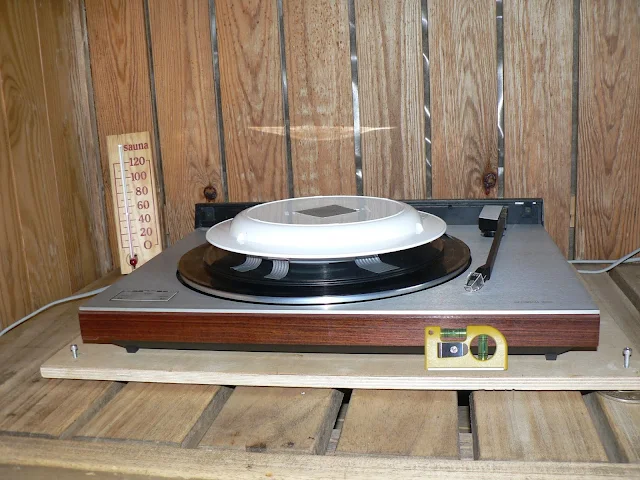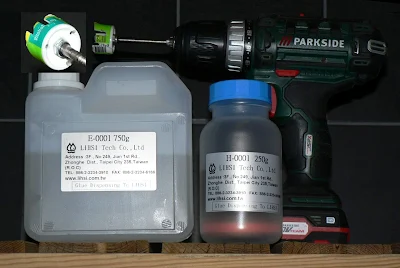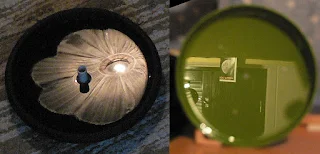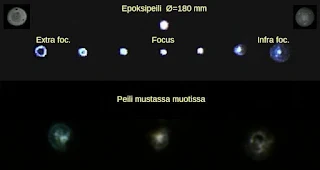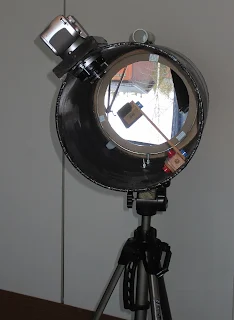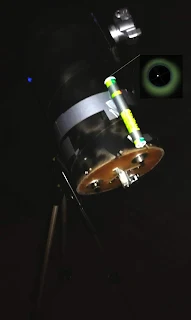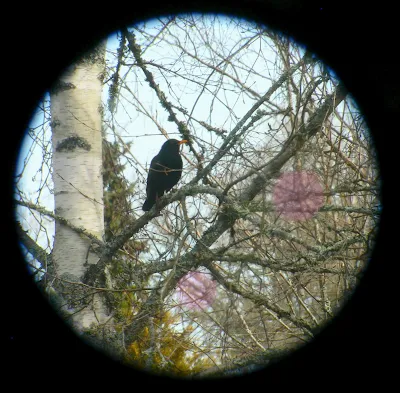Abstract
This work presents a revised long‑term model for ΔT based on a hyperbolic formulation that more accurately captures Earth’s rotational deceleration over the early Holocene. Using NASA positional data, the ΔT values for the Perinos and Zhenxun eclipses were calculated with corrected Pc Allakka coordinates, while the remaining ancient eclipse values were taken from Stephenson et al. and incorporated into a unified dataset for model fitting. The combined data reveal systematic deviations from the standard polynomial approximations, particularly before ~2000 BC, where quadratic models consistently overestimate ΔT and fail to reproduce the observationally constrained eclipse paths.
The proposed hyperbolic model is motivated by the physical expectation that Earth’s rotational slowdown does not follow a constant or smoothly varying quadratic trend, but instead approaches an asymptotic limit governed by tidal dissipation, long‑term oceanic mass redistribution, and secular changes in Earth’s moment of inertia following deglaciation. When fitted to the full ancient eclipse dataset, the hyperbolic curve yields a coherent, monotonic trend that passes through both the well‑established historical eclipses (e.g., Zhenxun 2136 BC) and the newly identified candidate annular eclipse at Perinos (Lake Onega) around 4261 BC. The latter aligns with the model without requiring ad‑hoc adjustments, supporting its plausibility as a genuine observational record.
These results indicate that ΔT over multi‑millennial timescales is better represented by a hyperbolic decay function than by traditional parabolic approximations. The model provides a physically grounded and empirically consistent framework for reconstructing ancient eclipse visibility and for interpreting archaeological or palaeoastronomical records that may encode observations of solar phenomena.
____
Aloitin komiasti Englannin kielellä jotta ulkomaillakin ymmärtävät mistä täällä puhutaan. Edellisen blokkauksen jälkeen olen nyt entistä varmempi, että Äänisen rannan kalliopiirrokset todella ovat merkintöjä siellä nähdyistä auringonpimennyksistä. Onnistuin parantamaan Pc Allakan tarkkuutta ja NASAn sivustoilta löytyy nykyään myös koordinaatit, joista sen paikoille voi laskea tapauskohtaiset korjaustermit. Termien avulla ohjelman tarkkuus pysyy hyvänä ainakin muutaman päivän ajan. Näillä eväillä tulosten pitäisi nyt olla tarkkoja. Epävarmuutta niihin tuo enää maapallon pyörimisnopeuden vaihtelu, koska muita yhtä vanhoja havaintoja, joihin tulosta voisi verrata, ei maailmassa vielä ole.
Kuten edellisellä kerralla jo kerroin, Perinosin alueella on näkynyt useita auringonpimennyksiä 6000 vuotta sitten, monet niistä myös rengasmaisia. Tarkistuslaskennassa selvisi, että ainakin vuoden -4260 pimennys olisi tosiaan näkynyt siellä (61.677N, 36.032E). Kuva siitä alla.
 |
| Kuva 1. Pc Allakan käsitys Perinosin pimennyksestä vuonna 4261 BC. |
Vaikka hidastuminen on vähäistä on sen kasautuva vaikutus maakellon lukemaan suuri. Tässä tapauksessa "virhe" on ainakin 13403 sek. mutta yhtä hyvin se voisi olla montakin 24 tunnin monikertaa suurempi. Kuvan arvo 186203 sek = 13403+2*24h.
Virhettä kutsutaan Delta T:ksi, Nasan sivustoilla sen laskemiseen on tarjolla jopa 13 erilaista kaavaa, kukin omalle aikajanalleen sovitettuna. Jos pyritään sekuntien tarkkuuksiin tämä voikin olla tarpeen mutta eihän meillä vanhoista pimennyksistä näin tarkkoja tietoja ole. Kyllä niille vähempikin tarkkuus riittäisi, uskon. Eivätkä nuo Nasankaan kaavat kiveen hakattuja ole. On niilläkin virherajansa ja niiden sisään mahtuisi helposti montakin erilaista kaavaa, joista kukin korvaisi nuo Nasan kaikki. Edellisessä blokkauksessa esitin jo yhden malliksi. Jatkan nyt siitä.
Teoreettisesti pyörimisen hidastuminen tuottaa maakellon lukemaan virheen, joka kasvaa parabolisesti, jos hidastuminen on tasaista. Näin ei kuitenkaan ole, lyhytaikaista muutosta aiheuttaa myös vuodenaikojen vaihtelu, lumipeitteen sijainti ja jopa matala- ja korkeapainealueiden liikkeet. Monissa tutkimuksissa on kuitenkin havaittu, että mukana on pakko olla myös muita pitkäkestoisia ilmiöitä, jotka vaikuttavat satojen, ellei jopa tuhansien vuosien ajan. Itse uskon, että ilmiön taustalla on jääkauden jälkeisten napa-alueiden sulaminen. Se oli aluksi nopeaa, kun jäätä oli paljon ja ilmasto lämmin. Myöhemmin sulaminen hidastui kunnes pikkujääkauden jälkeen jäätiköt jälleen alkoivat kasvaa.
Jos oletamme, että hidastumisen muutos on ollut ajan suhteen lineaarista, hid. = f+gt, voimme integroimalla laskea
Kaavassa ajan yksikkönä on juliaaninen vuosisata mistä johtuu tuo kerroin 36525 eli päivien luku tuossa ajassa. Pc Allakassa ajan alkuhetkenä on vuosi 1900 ja siinä kaavan 1 kertoimet on ratkaistu suuresta joukosta havaintoja, joista vanhin on PeriNos. Muut havainnot ovat F. R. Stephenson et al tutkimuksesta, koska uskon siinä olevan mukana kaikki ne alkuperäiset havainnot, joiden perusteella Nasakin on omat kaavansa laatinut (kuva). Halusin myös nähdä, millaisen käyrän aineisto tuottaisi, jos sen etsijällä ei olisi ennakkoon käsitystä toivotusta tuloksesta (parabeli).
 |
| Kuva 2. Maakellon virhe vuosina 4261 CB - 1500 AD Kuvan arvot keltaiselle käyrälle. Punaisen käyrän arvot ovat a=539.33829 b=4.3314899 c=-1.0886124 |
2 Historical values of the Earth's clock error ΔT and the calculation of eclipses

















